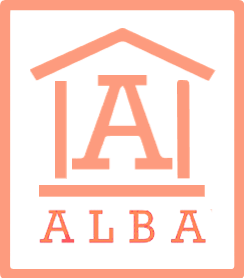Arrangement and specifics of a wet facade

Initially, this method was the basic one when processing the walls of a building, applied in the form of classic plastering. Now the technology has become more complex:
- surface preparation - eliminating defects, applying a primer, installing a base profile;
- insulation - applying glue and fixing thermal insulation panels;
- surface treatment, plastering using a reinforcing mesh.
From the list of materials for finishing the facade of a house, cement-based plaster, silicate, acrylic or silicone composition can be used. If we consider the exterior, then a beautiful facade of a private house is conventionally divided into a uniform, textured or textured surface format. The advantages of wet facade technology include the insignificant weight of the finish, a simple installation process, excellent vibration and sound insulation properties, and a wide design potential. A relatively low cost of a wet facade per m2 is also noted.
Features of ventilated facade

This format is a multi-layer structure, providing for insulation of the facade of the house from the outside with the prevention of moisture accumulation. The device of a ventilated facade implies the presence of the following elements:
- load-bearing frame - when installing a ventilated facade, it is made of metal or wood, providing fastening of the remaining elements;
- a layer of thermal insulation - the best solutions for the facade will be mineral wool or expanded polystyrene;
- facade panels for external finishing - for such a purpose, corrugated sheets, metal, porcelain stoneware, vibrocement, etc. are most often used;
- air gap - it is located between the cladding of the facade of the house and the insulation, providing air circulation and moisture removal.
The price of a turnkey ventilated facade will be higher compared to a wet format. At the same time, it has many advantages. These include high-quality protection from external influences, a high energy efficiency rate, and the absence of harmful microorganisms. Durable facade materials used in the process do not require additional costs for the operation of the facility.
Wet or ventilated facade: comparative analysis

What is better - a wet or ventilated facade? To answer this question for yourself, you need to understand the difference between a wet and ventilated facade, taking into account the basic parameters.
- Energy efficiency. Both types of modern house facades have good thermal insulation properties. At the same time, the efficiency of wet ones can be reduced due to poor-quality finishing. As for vapor permeability, it can also be reduced when using polymer paints for decorative finishing.
- Moisture protection. Ventilated types of facades of private houses perfectly remove moisture, preventing its accumulation in the walls of the room. External cladding acts as a reliable protection from atmospheric phenomena. When considering the pros and cons of a wet facade, for better resistance to moisture, they require additional protection from condensation.
- Service life. The advantages of a ventilated facade in this situation are durability and no need for special care. The service life of a wet facade is somewhat shorter, implying regular repairs and surface renewal.
- Choosing a design. In this case, the wet format is beyond competition. Users can choose the finishing of the facade of a private house, the options of which are very diverse in texture, design and color.
- Price. The wet option is a budget finishing of the facade. They are cheaper both in installation and in the materials used. At the same time, when ordering a turnkey ventilated facade, its price will pay off in the future under operating conditions.
The final decision on which facade to choose depends only on your preferences and financial capabilities. The choice of facade for the house also implies the time of installation. The main work and insulation of the facade using wet technology involves a process in the warm season. Ventilated ones can be installed even at sub-zero temperatures.

















